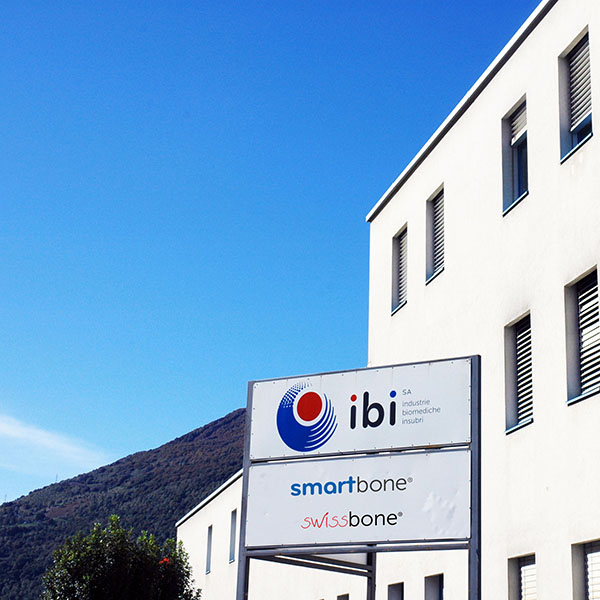CLOSE


I was educated as a chemical engineer at Imperial College and moved over to the field of biomaterials afterwards and completed a PhD in this field at the Technical University of Munich. After many years abroad I moved back to Norway and continued my research with biomaterials in relation to bone. Now I am group leader for the biomaterial group at University of Oslo with around 20 people. In addition I am also involved in a SME which works on various medical devices related to bone regeneration and dental implants. This company, Corticalis AS, has a few empolyers and my role is the research manager.
The collaboration with IBI started after Giuseppe Perale visited my dental faculty and presented IBI’s product SmartBone. We very quickly found common interests in novel materials for bone regeneration and new applications of such materials. These idea resulted in a EU funded project, SmartBonePep, which was financed through the EU Horizon 2020 program Eureka-Eurostar. The distance from Ticino and Oslo has never been a disadvantage
Bio-active molecules have ascended as a promising alternative to assist in challenging bone regeneration. Growth factors and other biomolecules that regulate this complex physiology, for example, bone morphogenic proteins (BMPs), platelet-derived growth factor, and vascular endothelial growth factor, have been suggested to be used alone or in combination with a BG material for therapeutic use in bone regeneration. Long-term effects of BMPs have been heavily debated in the current literature and thus not yet clearly identified; this also prevents BMPs from being FDA-approved for pediatric treatment. This paves the road for use of smarter biomolecules. Our collaboration is looking at uses of a new and rapidly popular protein family called “intrinsically disordered proteins” (IDPs).
SmartBonePep contains some very smart biomolecules called IDPs. IDPs have been shown to be involved in biomineralization, particularly through signaling and regulation of the direction and extend of mineral crystal growth. It possesses high-specificity/low-affinity interactions which play a crucial role and its unique structural feature enables the IDPs to participate in both one-to-many and many-to-one signaling. Since we have shown that these smart biomolecule improves cell viability and growth, stimulate pre-osteoblast differentiation, induce osteogenic gene expression in progenitor cells, and were fully biocompatible even in very high concentrations, it has a huge potential applications in regenerative medicine for bone and dentine formation and biomineralization.
The SmartBonePep contains syntethic IDPs which are a newly discovered class of proteins, which have no definite three-dimensional structure under natural conditions. This special category of protein possesses unique advantages in combination, spatial transformation, and coordination. IDPs participate in plenty of biological activities and are regarded as “one-to-many signaling” proteins. In particular, biomineralization is closely associated with IDPs, where almost all proteins closely related to hydroxyapatite (HAp) crystal formation, growth control, and orientation are mostly or fully disordered. The demand of advanced bone graft materials that possesses a higher degree of bioactivity and biomimetic properties is increasing nowadays among the clinicians not only for the normal patient but also for the more challenging cases. Thus I would say that SmartBonePep can be used, not only in hard to heal defects but for any bone defects where you want to have a quicker and more reliable regeneration.
You are welcome, it was a pleasure to talk to you

IBI SA
Industrie Biomediche Insubri SA
via Cantonale 67, CH-6805 Mezzovico-Vira, Switzerland
t. +41 91 93.06.640
f. +41 91 220.70.00